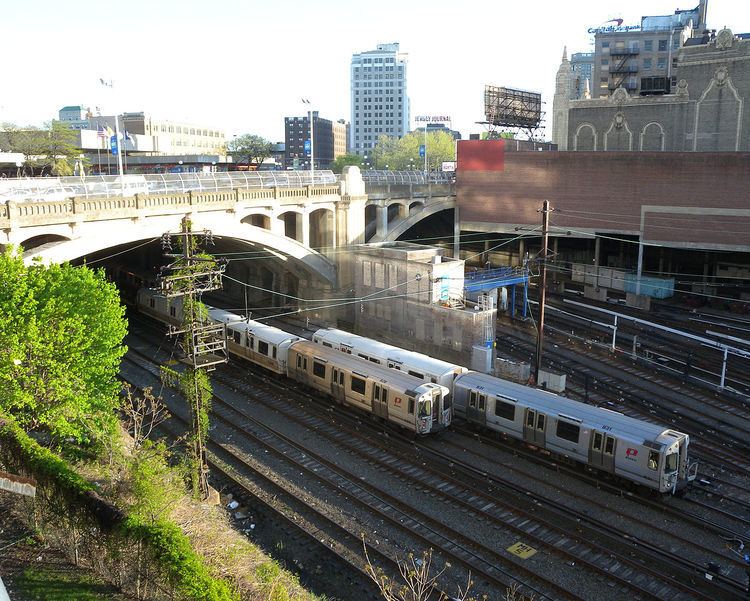Name Abraham Cohen | Died February 11, 1956 | |
 | ||
Abraham Burton Cohen (March 9, 1882 – February 11, 1956) was an American civil engineer notable for his role in designing innovative and record-breaking concrete bridges such as the Delaware, Lackawanna and Western Railroad's Tunkhannock Viaduct, the world's largest concrete structure when completed. Cohen was an active member of the American Concrete Institute and earned ACI's Wason Medal for Most Meritorious Paper in 1927.
Contents
Biography
Cohen was born in Chicago and died in East Orange, New Jersey. He earned a degree in civil engineering from Purdue University in 1905 and an honorary doctorate in 1949. Cohen spent a majority of his career with the Delaware, Lackawanna and Western Railroad (DL&W) before leaving in 1920 to form his own consulting practice in New York City. As a consulting engineer, he designed a number of concrete spans in Scranton, Pennsylvania, Binghamton, New York, and elsewhere. At least two of his works, the Tunkhannock Viaduct and Scranton's Harrison Avenue Bridge, are on the National Register of Historic Places. He died on February 11, 1956.
